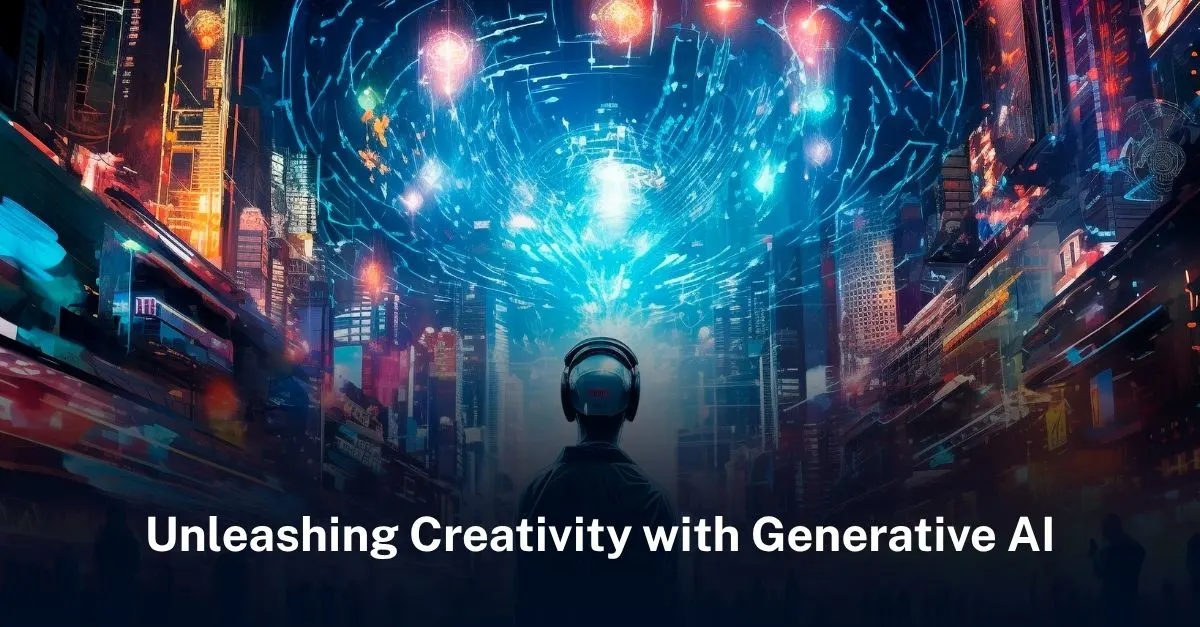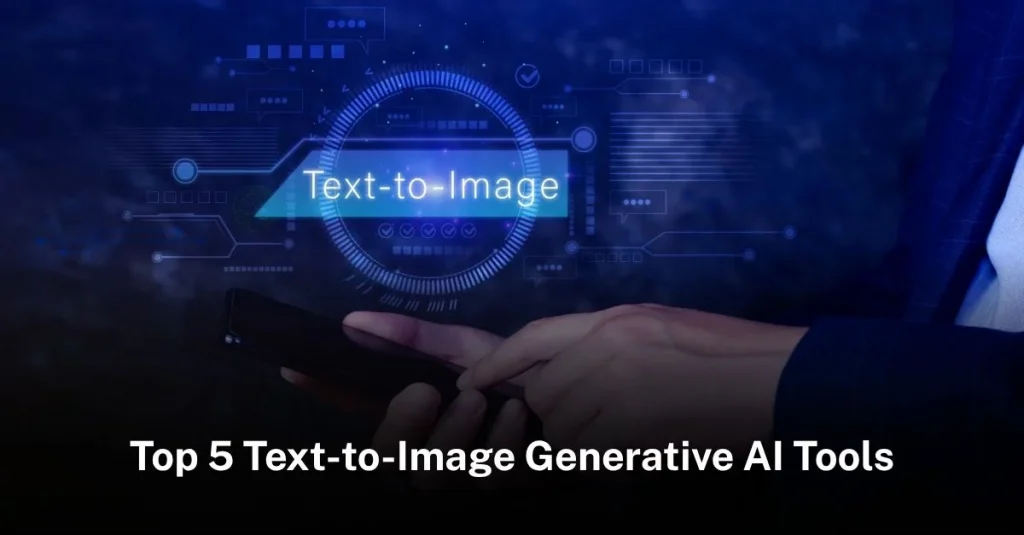Generative AI is rapidly redefining the boundaries of creativity and content generation, transforming how we create images, videos, music, and more. With just a few lines of text, these powerful models can produce stunning visuals, engaging videos, and even music compositions—all tailored to your specifications.
This article delves into the core areas of generative AI, exploring its applications in various media forms and the role of prompts in shaping outputs. Let’s take a closer look at the different categories within this exciting field.
1. Text-to-Image: Turning Words into Visual Masterpieces
Text-to-image generation is one of the most popular applications of Generative AI. Tools like DALL·E, MidJourney, and Stable Diffusion have taken the world by storm, allowing users to create visually stunning images simply by describing what they want to see. Want to generate a dreamy landscape or a photorealistic portrait? Just type it in, and the AI will bring it to life with remarkable accuracy. These tools use complex algorithms that understand text input, break down its meaning, and then recreate visual representations, sometimes with eerie precision.
The technology has opened new doors for artists, designers, and marketers, making it easy to experiment with various styles, perspectives, and color schemes without needing advanced graphic design skills. The only limitation is your imagination—and, sometimes, the available credits!
2. Text-to-Video: Bringing Stories to Life
Text-to-video is the next frontier for Generative AI, offering the ability to produce animated sequences and short clips from mere text descriptions. While this technology is still in its early stages, companies like RunwayML and Synthesia are making significant strides. Imagine typing a scene description and watching as the AI brings it to life with motion, character actions, and even background music.
Text-to-video has immense potential for fields like marketing, storytelling, and education. Need to create a quick explainer video or a dynamic social media post? With text-to-video tools, you can generate compelling visual content without a camera crew or editing skills. However, the technology isn’t perfect yet, and outputs can sometimes feel less polished than traditional video production.
3. Text-to-Music: Composing Melodies with a Few Words
Generative AI in music is revolutionizing how we compose and produce tracks. Text-to-music tools like OpenAI’s MuseNet and Google’s MusicLM allow users to create custom compositions just by describing the genre, instruments, and mood. Whether you want a jazzy background tune or a cinematic orchestral piece, these AI models can craft unique melodies based on your input.
For musicians and content creators, text-to-music tools can be a great starting point to brainstorm new ideas or enhance existing projects. While AI-generated music may lack the emotional nuance of human compositions, it’s an excellent way to generate royalty-free tracks.
4. Text-to-Audio: Voiceovers and Beyond
Text-to-audio, or text-to-speech (TTS), has been around for a while, but recent advancements have made it more lifelike than ever. With tools like Google’s WaveNet and Microsoft’s Azure TTS, you can generate natural-sounding voiceovers from text, complete with appropriate intonation and emphasis. Need to create a podcast or narrate an article? TTS can produce realistic voiceovers in multiple languages and styles.
Some platforms even offer the ability to clone specific voices, making it possible to generate speech that closely mimics a particular person. This opens up new possibilities for audiobooks, video narration, and personalized voice assistants.
What is a Prompt?
A prompt is the textual input or set of instructions you provide to a Generative AI model to guide its output. Essentially, it’s your way of telling the AI what you want it to create, whether it’s an image, video, or audio file. A prompt can range from a simple phrase like “a cat sitting on a couch” to a detailed description including colors, moods, and styles.
Crafting effective prompts is both an art and a science. The clearer and more descriptive your prompt, the better the AI can interpret your intent and produce a satisfying result. It’s not just about what you say, but how you say it—choosing the right words and structuring them properly can drastically change the quality of the output.
Is Prompt Engineering a New Career?
Prompt engineering is quickly emerging as a new career path, especially in the AI and creative industries. As Generative AI tools become more advanced, the ability to craft precise and effective prompts is becoming a sought-after skill. Prompt engineers, or “AI whisperers,” specialize in optimizing prompts to generate high-quality outputs consistently.
Prompt engineers work closely with AI models, testing different combinations of text inputs to refine results and unlock the full potential of the technology. They often collaborate with developers, content creators, and businesses to design prompts that align with specific project goals. In essence, they bridge the gap between human creativity and machine learning, making them valuable contributors in fields like advertising, design, and entertainment.
Generative AI in a nutshell
Generative AI is reshaping the way we create visual, audio, and multimedia content, offering powerful tools for professionals and hobbyists alike. Whether it’s turning text into stunning images, videos, or music, the possibilities are endless—limited only by the creativity of your prompts. And as the field grows, so does the demand for specialized skills like prompt engineering, paving the way for new careers in this exciting space.










Leave a Reply